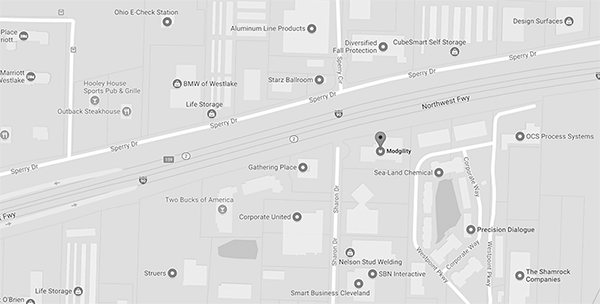
If you are looking to expand your conversion rate optimization efforts then this is the right article for you.
When it comes to conversion rate optimization (CRO), you have to be able to describe what you’re doing as a process.
Without a process, you are only using tactics blindly.
When doing CRO in this fashion, even if you find success once, it will be difficult to replicate because you don’t have a process in place.
That's why we made this 12-step conversion rate optimization checklist to help you develop your own process.
To start we need to define what conversion rate optimization is...
Conversion rate optimization is the systematic process of getting more visitors to take a specific desired action.
Now I'm going to throw you a curveball...
Conversion rate optimization isn't actually about a higher conversion rate at all.
Sure it might look pretty and you can say "Hey, we raised the conversion rate of X landing page 200% this month", but you can drop your product or service prices down to pennies on the dollar and achieve a much better conversion rate lift.
Instead, CRO is about business growth.
So, the question that you need to ask is this...
How do we optimize our website so that our business will grow?
Right now you might be tempted to just change what you think might be a good idea, typically starting with your homepage, and hope your sales go up.
The real answer, however, is to build a repeatable process that gives you insight as to where the problem is, what the problem is, and an understanding of your customer's mind.
That sounds much better, doesn't it?
After all, as Peep Laja, the man behind ConversionXL, tells us “If you’re focusing on tactics, you’re doing it wrong.”
Let's take a look at the CRO process checklist...

2. Business Questions: Come up with as many questions as possible from the user’s perspective.
3. Data gathering: Set up relevant data collection and tracking. Wait for the data to come in.
4. Insight phase: Analyze all the different sources of data, identify patterns, draw conclusions.
5. Identify Problems: Refer to the data to discover problem areas that need attention.
6. Hypothesis: Develop proper hypotheses for tests. Rank the hypotheses based on their potential and ease of implementation. This determines which ones we’d test first.
7. Design: Based on the hypotheses you develop wireframes for treatments. Wireframes are mainly used as communication and planning tools. Once completed, wireframes will be passed on to the designer who will turn them into design screens (alternative layouts/content for pages on your site).
8. Technical integration: This is a necessary evil – new design screens need to be integrated onto the website. If the changes are minimal, this can also be done via the testing tool itself.
9. Testing: We do proper controlled a/b testing following the scientific method, run every test until statistical significance.
10. Post-Test Analysis: Assess data to discover how different variations performed against goals.
11. Learning and improving customer theory: We analyze the test results (when done right, each test is a source for learning), gain new insights, develop new hypotheses. With each test, our customer theory should improve.
12. Documentation: Archive your test results and learnings.
Taking the Next Step
I hope you enjoyed this CRO process checklist.
But, this process is only a framework to get you started.
Take the time to customize this process to meet your needs and what makes sense for you.
And now it's time to hear from you.
What do you think of the CRO process or how do you plan to customize it?
Either way, let me know by leaving a quick comment below.
Curious about inbound for your business? Check us out!



